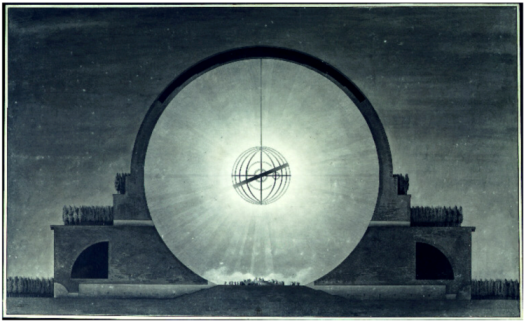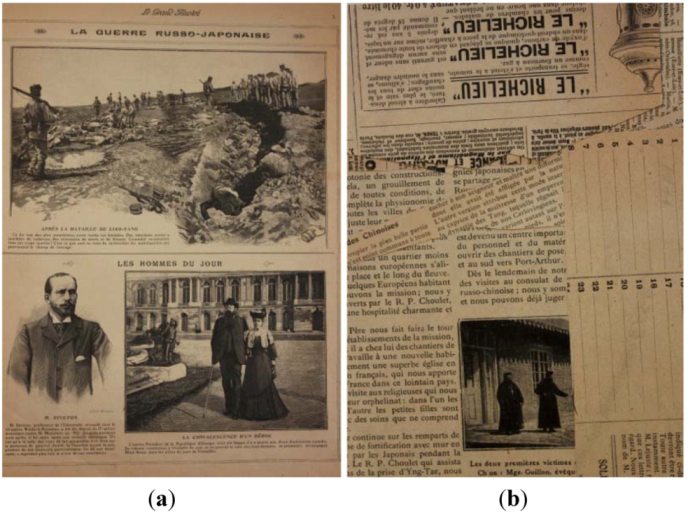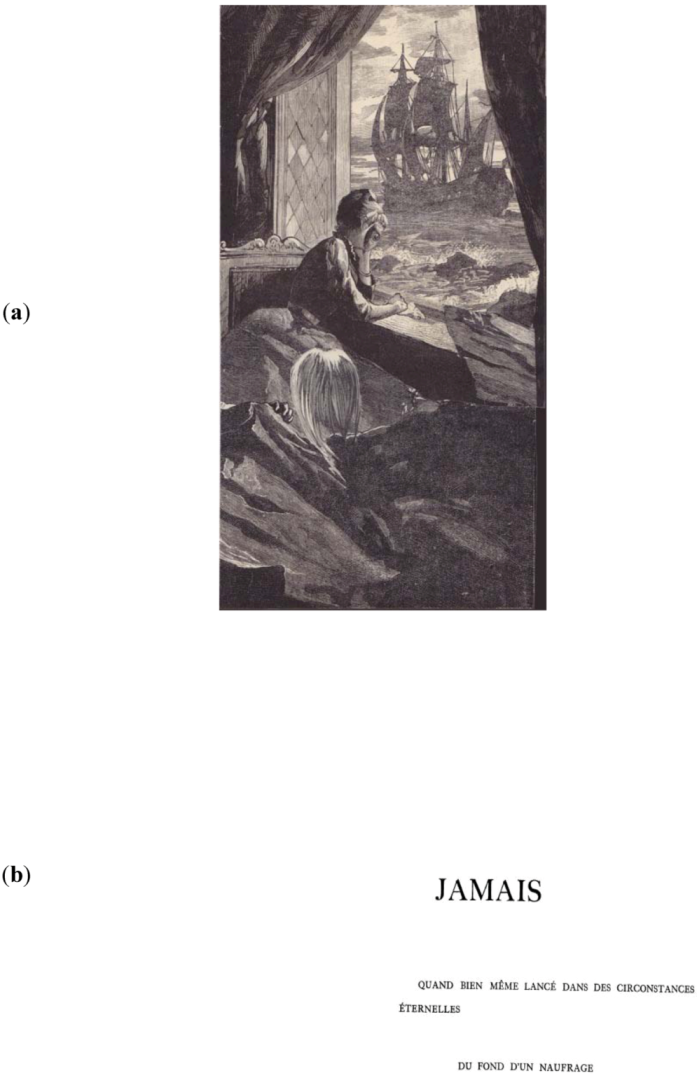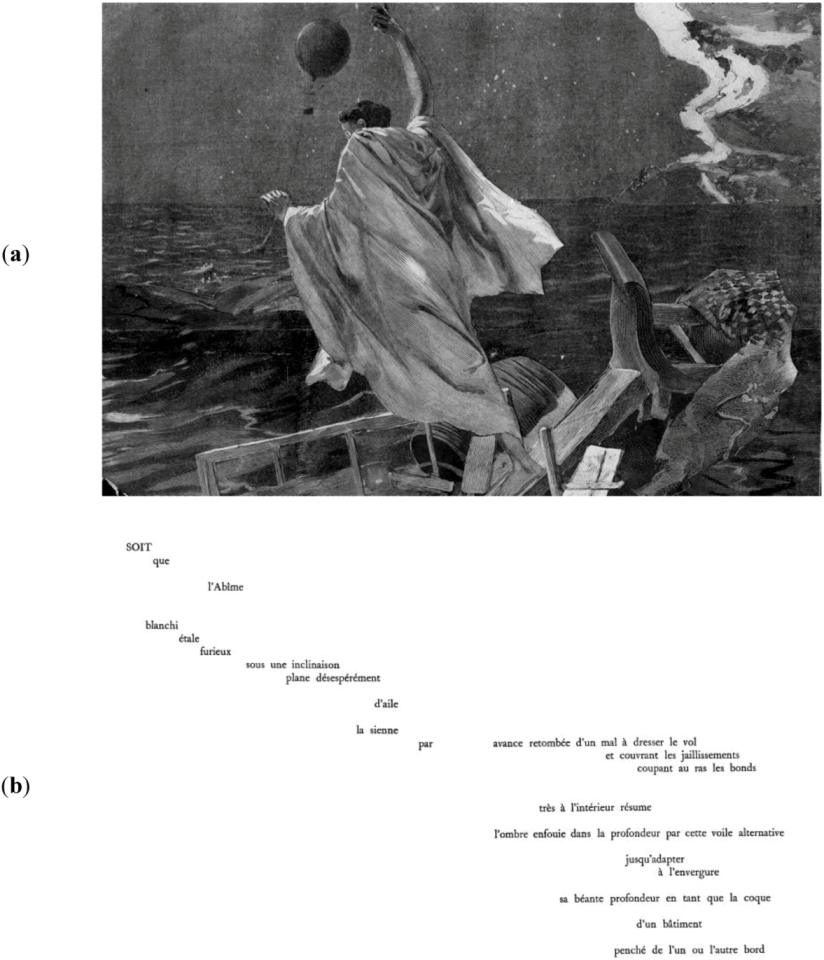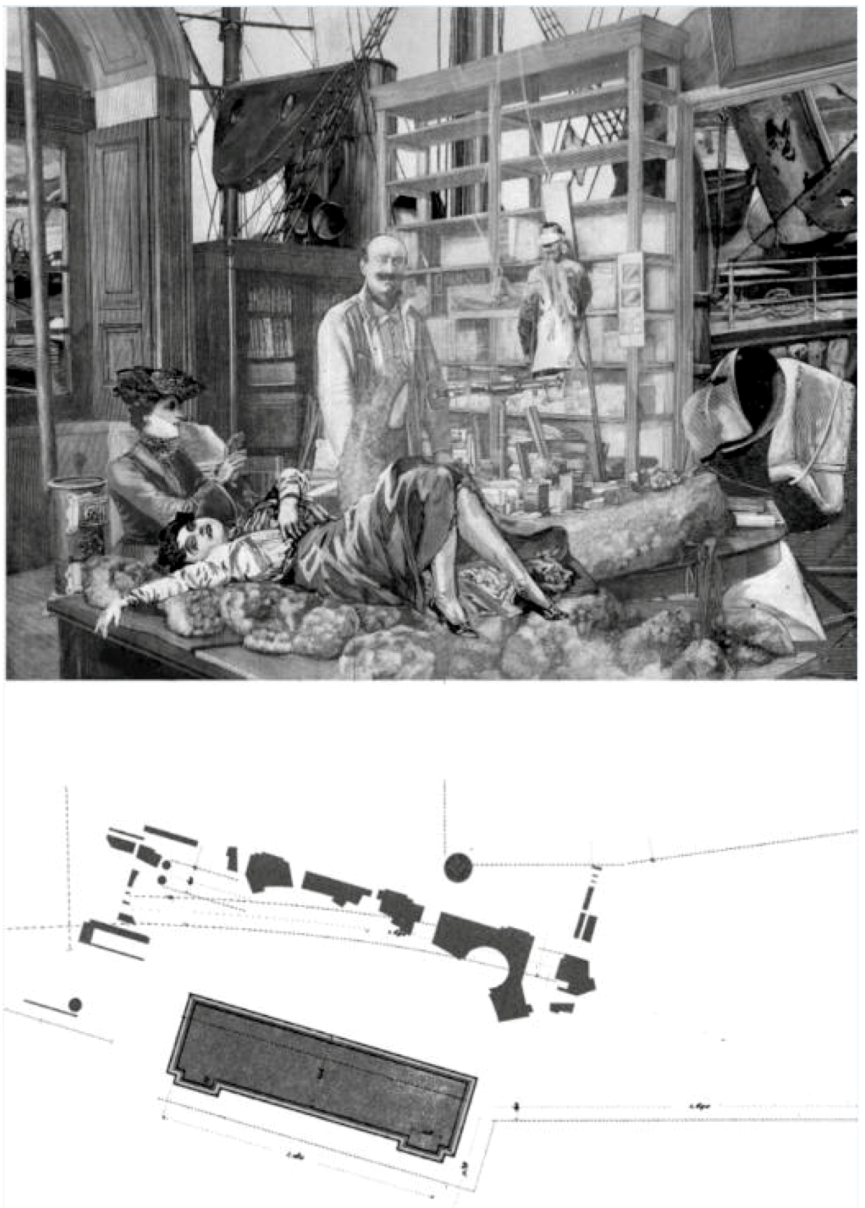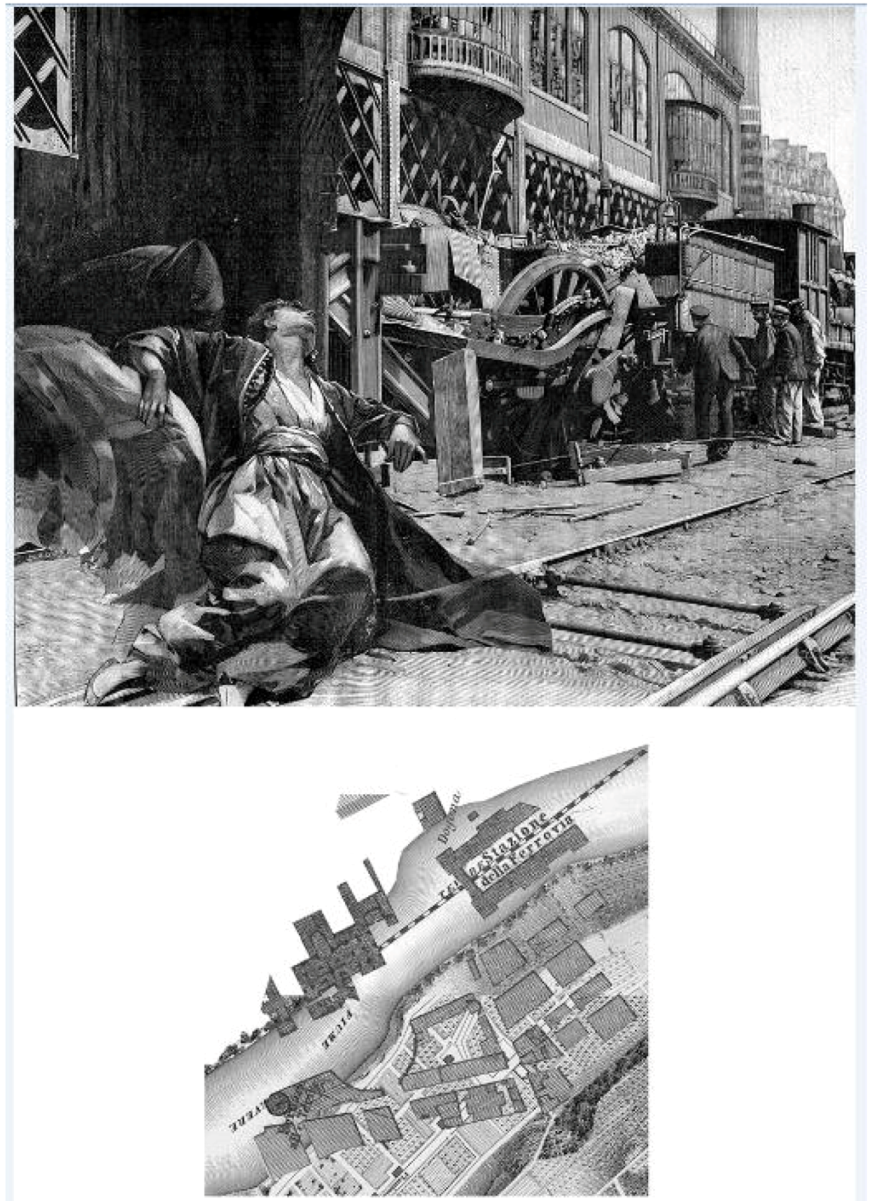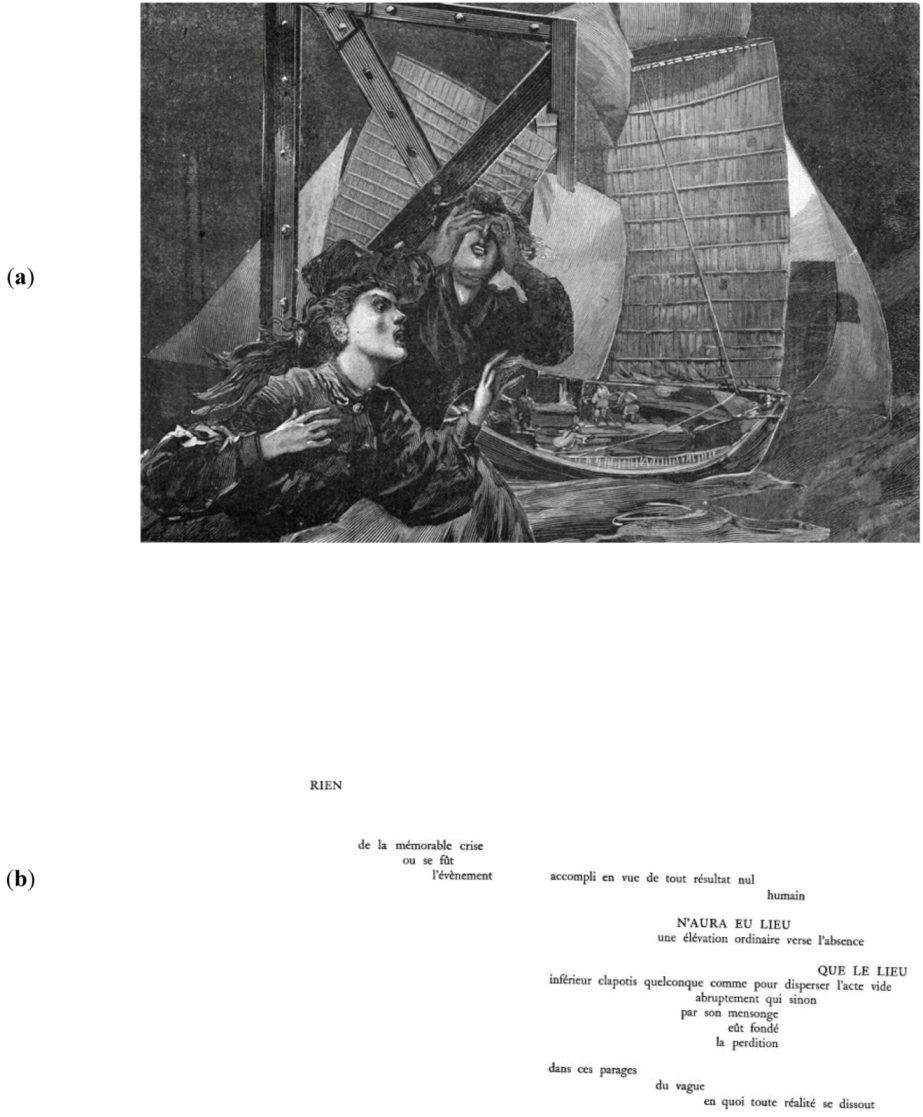1. Introduction
We are now entering an era of uncertainty as to the very possibility of maintaining architecture as an art in a society that has leveled it to the point of invisibility. How we communicate architectural strategy, how we represent ideas and process them is pertinent to the standing of the profession in an increasingly specialized construction industry. The question of architectural representation is not simply one of aesthetic refinement. Drawings and models continue to be key to thinking through the process of making architecture and communicating the value of architectural design.
Today hand drawings in architecture are now all but eclipsed by their digital counterparts. These geometrical drawings are created out of pre-determined objects, forms and mathematical relationships, facts abstracted from the human situation in which they are primarily organized and from which they have meaning. The programmer will use these abstract formal relationships to simulate intelligent drawing and architectural thinking. However, while digitized modeling brings an unprecedented freedom to explore form and complexity, digital space remains simulated space. At best, like simulated music, it is pitch-perfect, but “unreal”. In the age of digital building, what fills the void left by the decline of other forms of representation is problematic: the professional office is digital and drawing boards are a thing of yesterday. It is therefore problematic to argue for other forms of drawing to be incorporated, in terms of their legitimacy, meaning and contribution to the design process. At the same time it is equally problematic to consider the computer as the only design tool.
By way of a contribution to this question, this paper discusses the context of a series of collages. It concerns drawing-as-research, the spatiality of drawing and the nature of paper, rather than the virtual space of a screen. They explore collage as a tool for thinking at the early stages of a design process.
The method of inquiry will be experimental collage and their relationship to the spatiality and thematic content of text. Working in the tradition of the collage novel, and with original engravings from the popular newspaper Le Grande Illustré (1904), the collages work with the thematic structure and spatiality of Stéphane Mallarmé’s Un Coup de Dés published a few years earlier. The poem is not only strikingly ‘architectural’ in terms of the radical approach to its layout and the role of paper space within the text, but also, as Mallaré’s most important work, it is of central importance for our understanding of the architecture of the fin-de-siècle as a whole. The collages do not an attempt to illustrate the poem. Rather they “elevate” its spatial and thematic structure, and stand as analogous spaces to the symbolist interiors of Horta and Van de Velde, among others. In doing so, the collages explore the relationship between architecture and spatiality of a text that ignited so much experimental writing at the start of the last century, and still today remains somewhat enigmatic.
By way of background to Mallarmé’s experiment in drawing-with-text, the paper will briefly discuss the notion of space and its representation in architecture. It will consider the traditional function of narrative representation and non-perspectival space that is the basis of the approach taken in the Coup de Dés collages. Whether landscapes or interiors, the space depicted in the collages, respond both to the poetic text and to the drama of the event that is depicted. In this sense they explore the relationship between dramaturgy and architecture, and describe space understood not as an abstract notion of geometry, but as topological (non-perspectival) “place”.
2. Paper Technologies
First, let us consider that collage is a “paper technology” in terms of its role to describe relations that are inscribed in space and time. Why, in an age of digital building, does work on paper continue to be relevant? The phrase “paper technologies” was (perhaps inadvertently) coined in a recent article by Te Hessen [
1] that looked at the on-going value of the paper notebook (the moleskin) in a digital age: “The phenomenon of paper persists” writes Hessen, “In spite of all the computers sitting on desks and organigrams of virtual filing systems, paper has proven stubborn and enduring although its capacities and speed are no match for electronic data processing” [
1]. Despite the Internet and the arrival of the paperless office our paper consumption has gone up. The reasons for this may be various, but the quality of paper itself, which the computer cannot simulate, must account for the persistent use of the material.
Paper is connected to specific instruments and different papers lend themselves to some drawing techniques more than others. Different papers will respond in different ways to drawing mediums. Bound into the material are techniques and a culture of representation, and drawing-as-artifact that involves dimensions, furniture and space. The materiality of paper has a spatiality that the screen cannot simulate and, as such, it promotes a kind of thinking, one might say spontaneity, which is not otherwise available.
Like note taking, drawing is traditionally a paper technology. Drawings and works on paper have a materiality that belongs to the culture of the paper itself. Paper belongs to drawing in a way that has changed little through the centuries. Drawing on paper began in the late fourteenth century but today the praxis of drawing in architecture has dramatically changed. The centuries-old use of tools and techniques and paper has been substituted for the two-dimensional, digital surface of the screen. Paper is relegated to digital output devices and as such is less integral to the process of thinking and communicating an architectural intention.
3. Perspectival Space
One might say that in this age of digital drawing, architectural intentionality is also influenced by the tools embedded within drawing software, of digital facilitates, processes and output devices; for the computer connects us with global networks and the geometry of space. Our immersion in the aesthetics of the cinematic long-shot, means that the spatiality of the world is more visible than ever before. While the city is ever more visible, our understanding of “space”—that is now largely understood as geometric space—is less clear. The 21st century city is still, on the whole, a consequence of radicalised perspectivity and can be visualised like never before. The city as a multiplicity of “places” concrete has dispersed into layers of systems and crossings. Our understanding of space has been petrified in modes of representation from which it grew, but which are still practised: The dominating one being perspective.
On the one hand, perspectival representation allows us to connect with “global space”. On the other hand, it fuels a distancing from the world for what it actually is; an exploration of the material conditions of space, the relationship to the body, rhythms of use and so forth, is substituted for a more abstract grasp of dimension, geometry and seductively visualized space.
We must reflect that the notion of “space” is a relatively new concept in our civilization. It is taken for granted today that space is that which is described by a dimensional, geometrically defined presence. But this is forgetting the derivative nature of space: it is already assuming that space exists independently of its context, its history, the cultures and movements that frequent it. If we look back to primordial architecture, we see that it was made up of places that only looked like space: we can describe such structures as being spatially ordered. This kind of space has to do with time: there is no sense of space, but a spatiality that is structured temporally [
2]. Eventually space emerges as the Greek “topos”—as a question of
place. This is the character of the discourse we find in Aristotle [
3] and it is this notion of spatiality that stretches into the Middle Ages and establishes a tradition that dominated European culture until the 17th Century.
During the renaissance, with the invention of perspective drawing [
4], there is a radical and lasting shift, in terms of representation, changing “processional space” into perspectival space. The spatial order that previously belonged to the life of the city, its beliefs, processions, spaces that structured dialogues between religious, political and economic life now could be transformed into a singular vision, understood geometrically and drawn as mathematical perspective. The understanding of space at this time still remains open, as a relationship between participation and geometry. The Baroque perhaps best illustrates this, where one can speak of participation and geometry in “dialectical oscillation”: processional routes through the city culminate in a fixed place or
Topos, articulated very often as theatres [
5].
Late Baroque illusionism contributes to the development of “absolute space” where space is eventually emancipated from time and from its cultural context (
Figure 1). Euclidian geometry dominates this period, an age that is characterised by a transition between heterogeneity to homogeneity, or “concrete” space, understood as “topos”, to absolute space, that is described purely as geometry and is independent of context [
6].
Figure 1.
Étienne-Louis Boullée, Cenotaph to Newton 1784. The space is understood as autonomous of its context. During the night it would be illuminated as though it were day. Conversely, during the day, small apertures in the dome appeared like the night sky.
Figure 1.
Étienne-Louis Boullée, Cenotaph to Newton 1784. The space is understood as autonomous of its context. During the night it would be illuminated as though it were day. Conversely, during the day, small apertures in the dome appeared like the night sky.
In the 19th century, the dominance of absolute space later begins to be questioned—not only in different parts of culture, but also in science and mathematics in an attempt to understand the spatiality of space. The debate is well illustrated by the German mathematician Friedrich Gauss 1830 in a letter to his friend, Friedrich Bessel: “
According to my most sincere conviction the theory of space has an entirely different place in the knowledge from that occupied by pure mathematics. There is lacking throughout our knowledge of it the complete persuasion of necessity which is common to the latter; we must add in humility that if number is exclusively the product of our mind, space has a reality outside our mind and we cannot completely prescribe its laws” [
7].
The realisation of the uncertainty that is described here by Gauss contributes to a shift in the culture of representation in the architecture of the late nineteenth century. Highly developed perspectival techniques of the Beaux Arts tradition that articulate the historicist visions of Europe’s cities are challenged by a call for more personal styles: “Soyons-Nous” (be ourselves) is the rallying cry of the late nineteenth century avant-garde. As a consequence the emphasis shifts from perspective drawings intense sketches in pen, crayon or charcoal that are a means to discover a unique line, curve or “musical composition” that will represent the personal “Style Horta” or later, the “Style Guimard”.
More than any other period, the late nineteenth century in Europe is characterised by a dialogue between an urban vision (in the work of Baron Haussman in Paris, or Jules Anspach in Brussels for example) and domestic interiors that are retreats from the turbulent city (the Goncourt house in Arteuil, Paris for instance and Hôtel Tassel in Brussels). This early symbolist movement was characterized by a deep dissatisfaction with the rapid industrialization and physical change that took place in Paris under Haussmann. Surrounded by anguish, the decadent artist tended to retreat into private worlds. The symbolist interior foregrounds the psychological space of the artist’s imagination, with a decorative order so complete that it constitutes a substitute reality.
4. Topological Drawings
This pre-modernist period can be identified with a crisis of representation in architecture, as traditional spatial order of the city is challenged by unprecedented urban transformation, and the private dwelling becomes the locus of retreat and subject to highly personal interpretation. These highly refined chambre rêves are like personalised fragments in a city of eclectic styles that more and more resemble a collage—and indeed collage becomes a central means of investigation for artists during the decades that followed.
The fin-de-siècle may be described as a point zero in terms of architectural representation, where age-old representational traditions are radically challenged by a culture intent on articulating its personality. It is the historical locus for this practice-based research that challenges perspectivity as the only way of seeing and takes the notion of topological space as its starting point [
8]. Like pre-perspectival space, the collages establish a spatiality understood as a configuration of places, related to the body and look at the question of space as ‘place’ that is built out of the light, material conditions and the drama of an event. The structuring principle of the spaces is in part an invented architecture, and in part the spatial and thematic sequence in Stéphane Mallarmé’s poem,
Un Coup des Dés. In the tradition of the collage novel, these images can be read as an interdisciplinary study on architecture,
topos and poetic event.
5. Technique
The collages illustrated here made by hand from original copies of the French newspaper La Grande Illustré (1904). At this time newspapers were illustrated by engravings that dramatized conflict and events around the world, from political satire to military action, mainly in Africa and the Far East. The engravings vary in style and quality, but are generally focused, like theatrical sets, on the drama they portray. More often than not they are about events rather and they are reconstructed from written descriptions—or simply invented. The imaginations of these engravers created a fictive image of the world, conjuring the exotic lands of Russia, China or Japan for Parisian readers.
The newsprint is now delicate and yellowed. It has to be carefully cut out by scalpel, disassembled with forensic precision and each image collated according to its content. Most scenes are cut into several, so that their original meaning is diminished in favor of the object fragment of the cutting (
Figure 2).
Figure 2.
(a) shows a typical page from Le Grand Illustré de La Dépeche (1904); (b) the rear of a collage showing the re-assembled newsprint.
Figure 2.
(a) shows a typical page from Le Grand Illustré de La Dépeche (1904); (b) the rear of a collage showing the re-assembled newsprint.
The process of bringing these cuttings together was derived from a careful study of the ground-breaking poem of the period, Stéphane Mallarmé’s
Un Coup des Dés, dated 1897 [
9]. A number of small sections of newsprint are brought together to create new places for events settings. Like the engravings from which they originate these settings are invented and deliberately non-perspectival. Rather, the emphasis is on the character of the place in dialogue with the drama of the event. Like the structure of the poem, each event is not consistent, nor held together by narrative. The space of the collages is like a field, bound not by perceptive, but a more fragmented spatial order the overall sense of which coincides with episodic imagery from the poem. In the tradition of the Collage novel, they do not illustrate the Mallarmé’s text, but by analogy, explore the themes and spatiality implied in its content and layout.
6. Drawing in Text: Un Coup des Dés
Mallarmé’s earlier work was central to the avant-garde aesthetics of the late nineteenth century and in his poems are themes that underpin symbolist ideals. Drawing on Baudelaire, Maeterlinck in theatre, the poets such as Verhaeren, and Rodenbach, and artists Khnopff and Melery, and in the wake of the new science of psychology [
10], Mallarmé established the notion of the “symbolist interior" as retreat, or
chambre rêve. These interiors appear repeatedly during the period as metaphorical exotic greenhouses, diving bells, aquaria, the depths of mirror and the mist-filled plains of Flanders. The theme was to be dramatically realised in the architecture of the Art Nouveau interiors that were arranged around winter gardens, mirrored light wells and a coherence of decorative order that offered a substitute reality to the street or garden.
Un Coup des Dés, is remarkable for its revolutionary use of language, and use of paper space. Words flow across the pages seemingly at random, creating clusters of phrases that throw up no overall narrative. Like the isolated worlds of the symbolist interiors gather dreams and unfurl into the depths of mirrors, so Mallarmé’s poetic structure creates intense pockets of reference and images, images that then float across the pages’ empty space. Some are reflected elsewhere across the verse, other images sink deep into the pages’ empty spaces. The radical spatiality of both the symbolist interior and Un Coup des Dés emerge out of a cultural context otherwise largely suffocated by the shackles of tradition and disoriented by industrial change. On the one hand they represent an inevitable culmination of a tradition, both literary and architectural, and on the other, they anticipate the modernity of the early twentieth century.
There is no coherent narrative to Un Coup des Dés. The poem throws up images that emerge in dense groupings of words, and, like a musical leitmotif, re-appear across the silent space amongst the double spreads, but no real event can be constructed from its fragmented episodes.
Lacking all convention,
Un Coup des Dés appears to be arranged at random, a chance location of words, to resemble a rather literal consequence of the shipwreck. That the surface of the pages, with the figurations of shadows of its textures, gutters and text, appears like flowing water may be little more than fortuitous for Mallarmé, so strongly bound into French poetic traditions, does refer to “versification” and musicality in his preface. Roger Pearson and others convincingly suggest that the layout is underpinned by an arithmetic order and that it is development of the classical “alexandrine” [
11]. What is clear is that Mallarmé’s struggle was to create a highly personal, unrepeatable form for the work. In this sense its arrangement on the page, which as a drawing-in-text, is akin to the art nouveau whiplash line, whose geometry was highly personal. Both are highly artificial and highly consistent constructs.
Its opening theme of
Un Coup des Dés, “shipwreck” reflects the deep malaise of fin-de-siècle culture and the inevitable finality of the decadent position—one which is described by Mallarmé in his Héroiade: “Oh mirror!/Cold water frozen by ennui in your frame. How often and how long, driven desperate, by dreams and searching my memories which are/Like leaves under the ice of your deep depths/I appeared in you like a distant shadow” [
12]. Héroiade’s fate is a spiritual death into her own image. With
Un Coup des Dés, it is as though the architectural space of the page itself, partially framed or cut through by the shadows of the Didot font, is the silent depths of Hérodiade’s mirrors. In reading
Un Coup des Dés, we contemplate the paper’s silent depths across which the poem’s multiple readings appear and disappear. The empty space of the paper, that recalls the kind of silence so characteristic of Mallarmé’s earlier work, structures the poem like a complex music: “it is as if the whiteness itself has been fragmented by the invisible patterns of significance set up by the visible dissemination of the text” [
13]. The spatial versification structures a place to dwell between the words, places to find its complex images.
There are seven collages illustrated here (
Figure 3,
Figure 4,
Figure 5,
Figure 6,
Figure 7,
Figure 8,
Figure 9), alongside the passages from
Un Coup des Dés to which they most closely refer [
14]. Like the poem, the collages are heterogeneous and their protagonists are “found”, both in terms of their scale and detail, in the dramatized newspaper of the period. The engravings are a snapshot of the terrible uncertainties, reported disasters and social unrest that colored Parisian life at the time. The re-invented figures, scenes and architectural settings are offered as spatial analogues to the poetic passages, exploring the non-perspectival space of the text, its content and poetic imagery as much as its solipsism and incoherence.
Figure 3.
(
a) Paper Collage comprised of original engravings from
La Grande Illustré (1904); (
b) extract from Mallarmé’s
Un Coup des Dés: NEVER/EVEN WHEN TRULY CAST IN THE ETERNAL CIRCUMSTANCE/ OF A SHIPWRECK’S DEPTH [
15].
Figure 3.
(
a) Paper Collage comprised of original engravings from
La Grande Illustré (1904); (
b) extract from Mallarmé’s
Un Coup des Dés: NEVER/EVEN WHEN TRULY CAST IN THE ETERNAL CIRCUMSTANCE/ OF A SHIPWRECK’S DEPTH [
15].
Figure 4.
(
a) Paper Collage comprised of original engravings from La Grande Illustré (1904); (
b) extract from Un Coup des Dés: CAN ONLY BE/the Abyss/raging/whitened/ stalled/beneath the desperately sloping incline/of its own wing/through an advance falling back from ill to take flight/and veiling the gushers/restraining the surges [
15].
Figure 4.
(
a) Paper Collage comprised of original engravings from La Grande Illustré (1904); (
b) extract from Un Coup des Dés: CAN ONLY BE/the Abyss/raging/whitened/ stalled/beneath the desperately sloping incline/of its own wing/through an advance falling back from ill to take flight/and veiling the gushers/restraining the surges [
15].
Figure 5.
Paper Collage, comprised of original engravings from La Grande Illustré (1904): Of a Shipwreck’s Depth.
Figure 5.
Paper Collage, comprised of original engravings from La Grande Illustré (1904): Of a Shipwreck’s Depth.
Figure 6.
(
a) Paper Collage comprised of original engravings from
La Grande Illustré (1904); (
b) Extract from
Un Coup des Dés: a solitary plume overwhelmed/untouched that a cap of midnight grazes or encounters/and fixes/in crumpled velvet with a sombre burst of laughter/that rigid whiteness [
15].
Figure 6.
(
a) Paper Collage comprised of original engravings from
La Grande Illustré (1904); (
b) Extract from
Un Coup des Dés: a solitary plume overwhelmed/untouched that a cap of midnight grazes or encounters/and fixes/in crumpled velvet with a sombre burst of laughter/that rigid whiteness [
15].
Figure 7.
Paper Collage comprised of original engravings from La Grande Illustré (1904): A THROW OF THE DICE.
Figure 7.
Paper Collage comprised of original engravings from La Grande Illustré (1904): A THROW OF THE DICE.
Figure 8.
Paper Collage comprised of original engravings from La Grande Illustré (1904); a commonplace elevation pours out absence.
Figure 8.
Paper Collage comprised of original engravings from La Grande Illustré (1904); a commonplace elevation pours out absence.
Figure 9.
(
a) Paper Collage comprized of original engravings from La Grande Illustré (1904); (
b) Extract from Un Coup des Dés; NOTHING/ of the memorable crisis/where the event/ matured accomplished in sight of all non-existent/human outcomes/ WILL HAVE TAKEN PLACE [
15].
Figure 9.
(
a) Paper Collage comprized of original engravings from La Grande Illustré (1904); (
b) Extract from Un Coup des Dés; NOTHING/ of the memorable crisis/where the event/ matured accomplished in sight of all non-existent/human outcomes/ WILL HAVE TAKEN PLACE [
15].
7. Conclusions
The collages translate Mallarmé’s poetic images for the first time. His shipwreck is elevated as a sequence of chance-events whose narrative, like that of the verse, fleets from one image to the next. The newsprint images are formed from fragments of the dramatic social and political events of the period and re-assembled to retain the air of the drama that surely underscored the artistic production of the fin-de-siècle. Just as Mallarmé used words to draw across his squared note pad, so the collages resonate with the verse, exploring the spatiality of text and the communicative role of the collage image.
The collages are artefacts that retain the qualities of the newsprint of over a century old. Its fragile, yellowed presence gives the images a history: the new scenes still belong to the late nineteenth century. In part, this is also because of the content of the images or style of engraving, but the paper, its fragility, texture and colour matters in terms of how we perceive the collages as analogues to the spatial order of the poem.
The paper also matters because these collages could not be made in the same way were they not out of paper. It would of course have been possible to scan the images and digitally manipulate them. Arguably it would have been more precise, but less “real”. The materiality of the paper itself was fundamental to how these images came together. This is an important outcome of the research, as it suggests a field of material drawings that bridge between the formal and material imagination in the generation of a design: working with (and through) the paper, there is a tangibility to the thinking that a screen does not offer. Here, the materiality of the print, its fragility and textures limited the scale of thinking but also lent itself to a detail thinking of textures and boundaries. In other words, working with paper offered itself to a new way of thinking and making: the collage is a form of paper technology that, like note taking or diary-making, is a means of ordering thoughts.
The collages explore non-perspectival space as a counterpoint to the abstraction of geometrical space that is all too often generated digitally and then populated. In contrast each setting, inspired by passages from Mallarmé, is built out of an event or human drama. The spatiality of these images—whose perspective is disturbed—challenges our tendency to objectify space, with juxtaposed geometries and projections in a manner that recognizes that our experience of any one space is not the same as perspectival space but that it is built up of a number of situations that overlap, that create a depth that constitutes a non-perspectival space. Like the paper space of
Un Coup des Dés, and its reciprocity with text, the collages dissolve any compartmentalized space and sequential narrative through the techniques of juxtaposition and simultaneity [
16]. The role of such topological drawings in architecture is the possibility to understand the meaning of space as a problem of oscillation between absolute space (geometry) and the return to an understanding of
place (
topos) that is essentially and intrinsically referential, belonging to human situations and understood historically.
Paper collage of this kind offers one way to understand historical contexts—in this case the spatiality of the fin-de-siècle—but also a way to creatively think about an architecture that is not driven by geometric space alone, but which is born out of an event.
